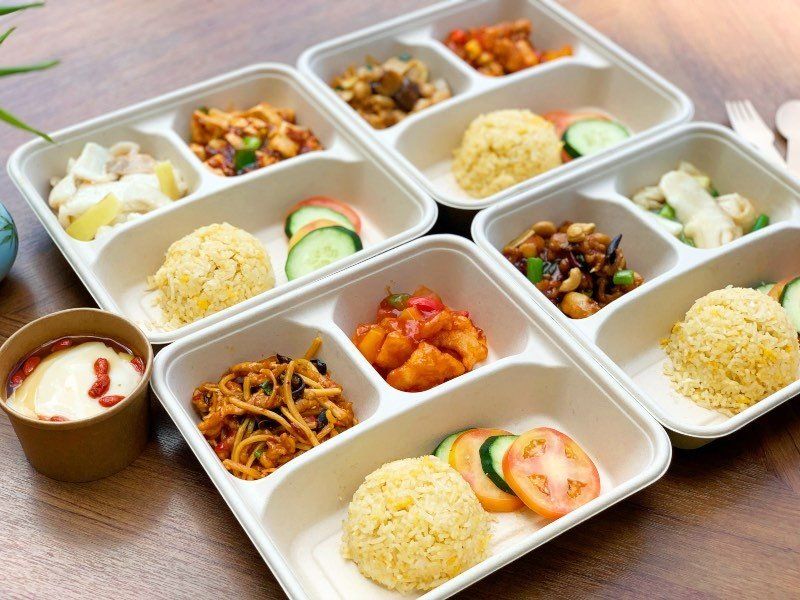
The pandemic has reshaped the restaurant industry. Even as dine-out restrictions are relaxed as Singapore is recovering from Covid19, the takeaway food trend is still gaining due to the convenience it brings.
In this article, we share a few tips for restaurant owners to adapt and capitalize on the upward trend of takeaway food.
How should restaurants adapt to the new takeaway food trend?
Many consumers order takeaway food from online. It is important to recognize that and meet your consumers where they are shopping. There are 2 ways you could achieve this. Food delivery platforms or setting up an online food ordering system.
Food Delivery Platforms
These are popular platforms like GrabFood, FoodPanda and Deliveroo. Many restaurants have taken to such platforms to start selling online. These platforms are great tools to reach more consumers as you tap on their vast customer base and food delivery is handled through them, making it a good option to quickly reach out to online consumers.
However, there are downsides to using these platforms. First being that you unable to collect your customer’s data to create your own customer base. Thus, unable to create a loyal customer following.
Second and one of the most talked about would be the high commission rates that these platforms draw from each of your orders. In order to maintain profits, many F&B merchants had to raise their prices, but this could discourage customers from ordering.
Online Food Ordering Systems
The difference between online food ordering systems and food delivery platforms is that online ordering systems are often web based and you would have to acquire your own customers. Also, food delivery and collection has to be handled by the restaurant.
However, with proper marketing and order management, your online ordering system can outperform food delivery platforms in terms of customer retention rate and profitability.
An online ordering system allows your customers to focus on your brand and offer. This prevents them from hopping to your competitors on the same platform.
By using an online ordering system, you are able to build your restaurant's fanbase for better customer retention to generate more revenue for your restaurant in the long run, without high commission rates charged per order by food delivery platforms.
Which to use?
To achieve the best results, having a strong online presence is important for your restaurant. Hence, using only one of these solutions is inadequate. By using both food delivery platforms and online food ordering systems hand in hand, will help you increase your restaurant’s online presence and meet your customers where they are shopping.
Self ordering kiosk
How does a full service restaurant that prioritizes dine-in adopt self-ordering kiosks?
When customers head to restaurants to takeaway, your restaurant has to divert extra manpower to get orders from these customers. If takeaway order volumes are high, you will have to divert even more manpower from your dine-in operations to handle high volumes of takeaway orders. This negatively affects your efficiency and you may even have to expand your restaurant’s floor space to accommodate more cashier terminals.
By adopting self-ordering kiosks, you are able to open up more takeaway ordering counters without the need to allocate manpower to take orders manually. As self-ordering kiosks take up less space than cashier terminals, you will not have to increase your restaurant’s floor space, hence, saving on rental costs.
On top of that, self-ordering kiosks allow you to preset add on suggestions to promote new dishes, promotions or popular add ons to your takeaway customers.
When the self-ordering kiosks are not in use, they can be used to display attractive images of your best-sellers and promotions that will help to attract walk-in customers.
More about digital ordering solutions
If you are interested in finding out more about how to adopt self-ordering solutions to digitalize your restaurant, simply drop your contact details by clicking on this link to get a free demo.











